AUGUST 30, 2024: We spent the night in Fraga, a small town that felt in the middle of nowhere. Little did we know that we would be going today even much closer to the middle of nowhere.
The plan was to first explore Fraga, then drive about 1 ½ hours southwest to visit Híjar, and then drive another hour north to the spectacular city of Zaragoza, where we will spend Shabbat. As we quickly learned yesterday, our kids greatly prefer large cities with brand-name stores and good restaurants to wandering around small towns looking for Jewish Heritage sites. The kids therefore drove directly to Zaragoza and met us there.
Fraga is a town with about 15,000 inhabitants located in Aragon on the river Cinca. Our first stop this morning was a church, Iglesia de San Miguel Castillo, perched on a hill that overlooks the town. The building was once an old castle, which was converted into a church. Not a particularly beautiful building. From here we had nice views of Fraga and the narrow streets in a small part of the historic district that made up the Jewish quarter directly below.
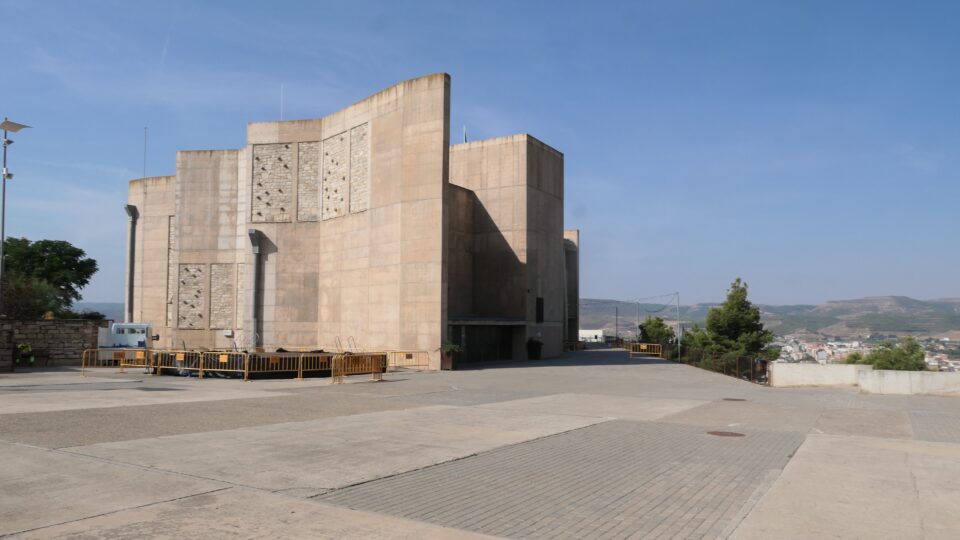
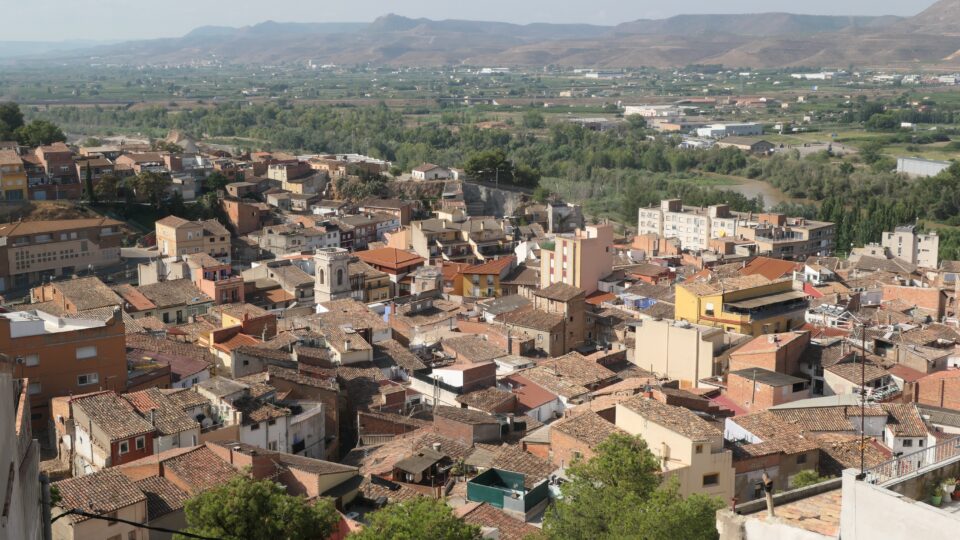
To reach the Jewish quarter, we tried to follow Google maps but once again, it told us to drive down alleyways that seemed narrower than our car. At the end, our sense of direction got us to where we wanted to be – near Collada street, which was once the center of the Jewish neighborhood.
Jews in Fraga, were granted civil rights in the beginning of the 14th century, including the ability to elect representatives, maintain a synagogue, cemetery, a slaughterhouse, and to defend their quarter. In the 1380s there were 40 Jewish families living in Fraga. Despite protection from the king, the community suffered during the 1391 pogroms, leading to the destruction of the synagogue and many Jews converting or fleeing. By 1415 the Jewish community of Fraga was no more. Although attempts were made to revive the community, it ultimately disappeared following the expulsion of the Jews from Spain.
Besides walking the streets where the Jewish neighborhood once was, there was not much to see here.
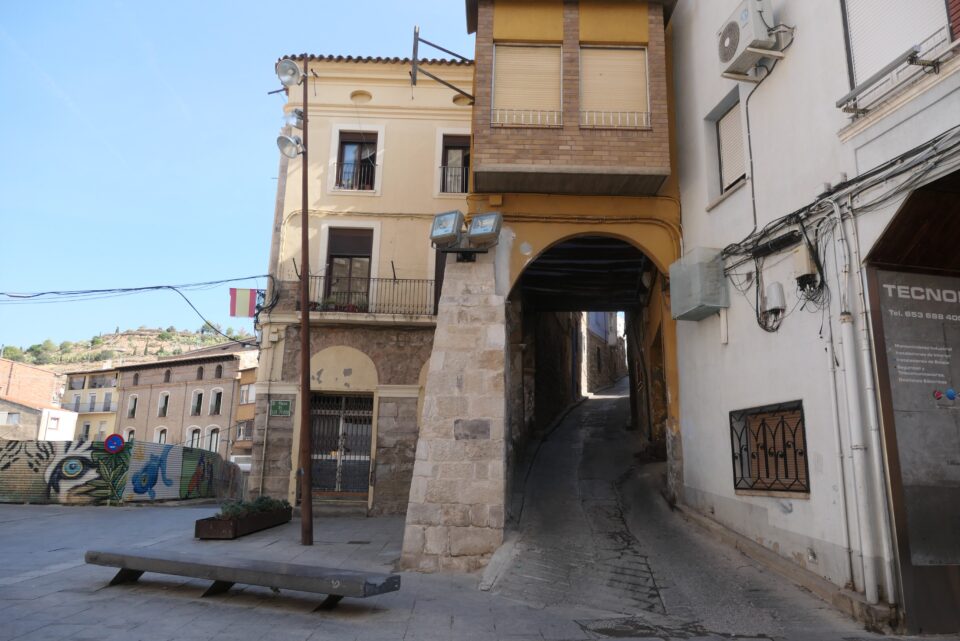
After our morning in Fraga, we then started the drive toward Hijar. The farther we got from Fraga, the more desolate the area felt. We were in a very flat plain – it felt like you could see forever. The road was narrow and windy and no one else was around. Small villages were very far apart. Along the way we passed many abandoned stone farmhouses adjoining fields of rocks. I liked the feeling of being in a remote, very off-the-beaten-path area.
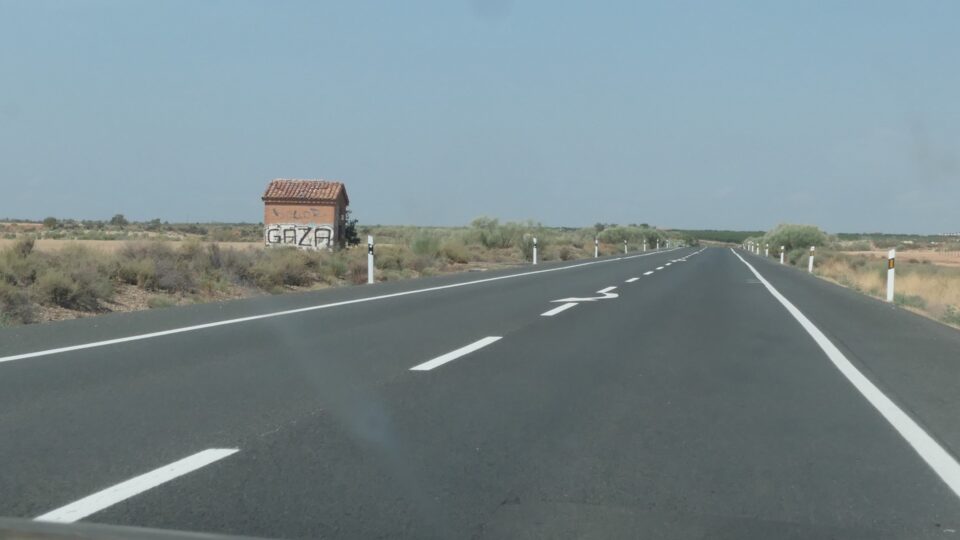
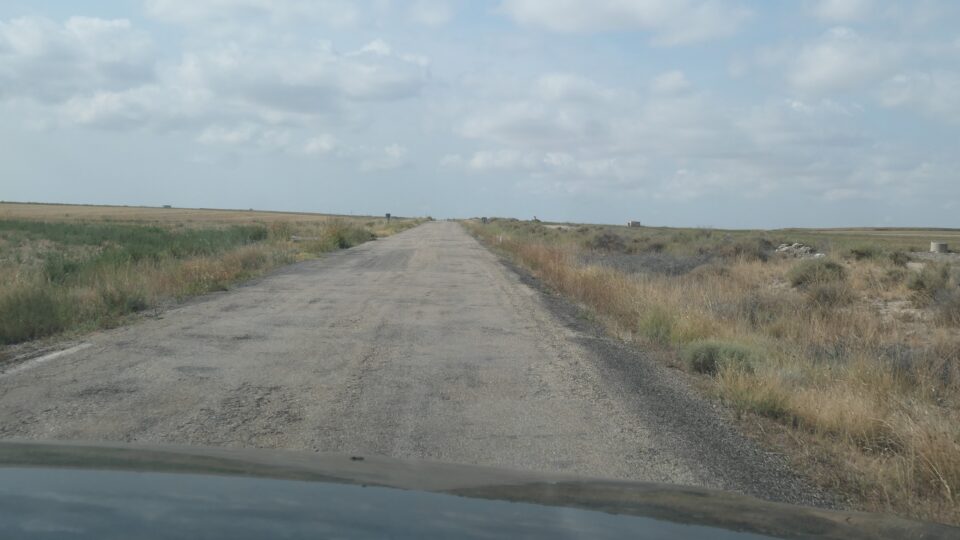
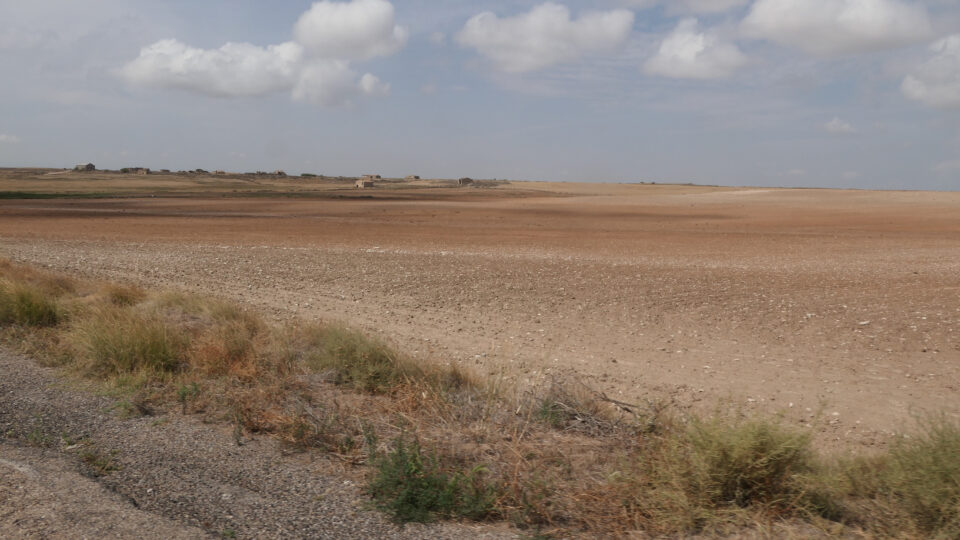
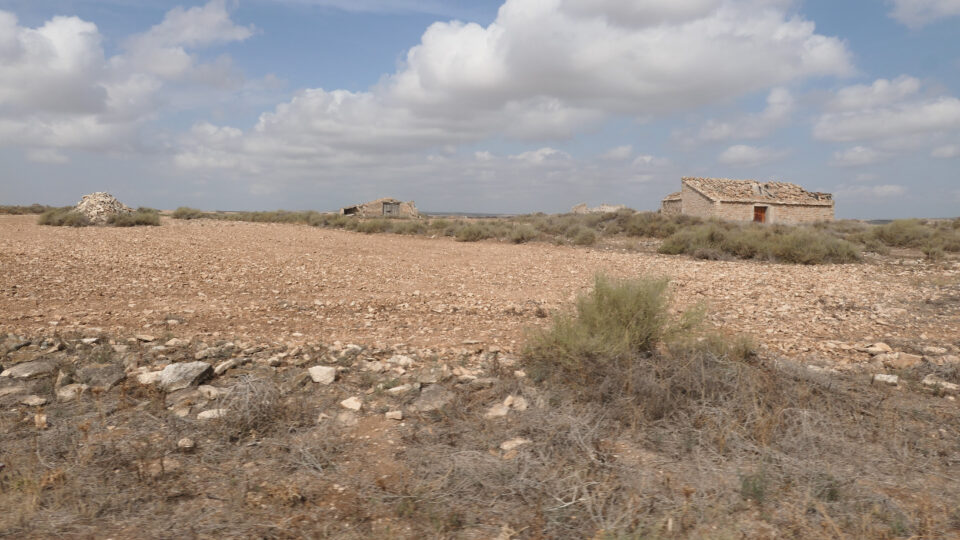
We eventually arrived at the Mirador de los Meandros, an overlook offering views of the Ebro River and the small town of Alborge in the distance.
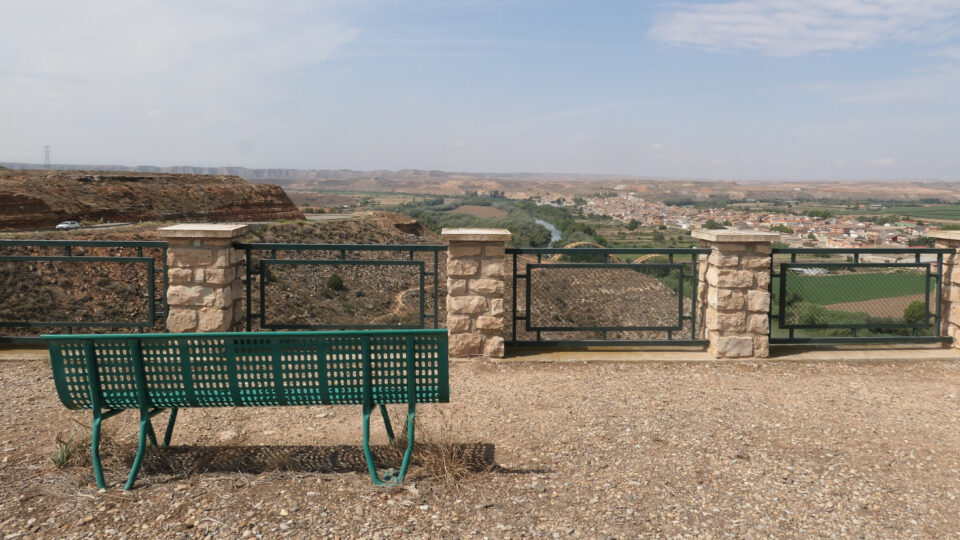
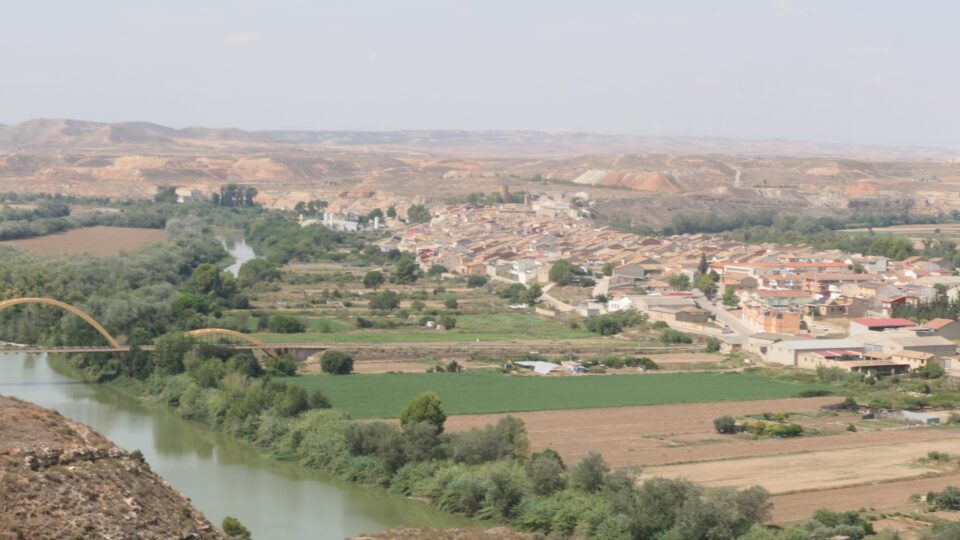
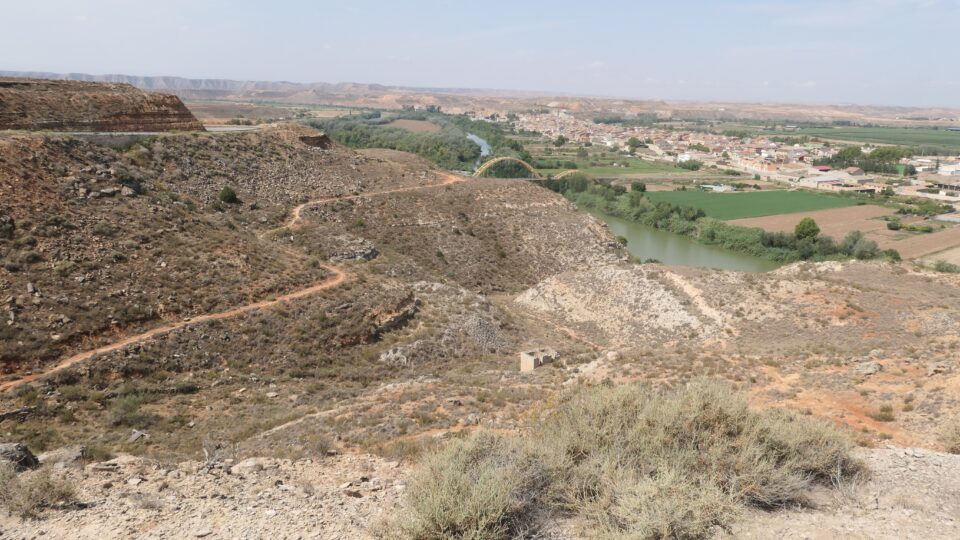
From the scenic viewpoint, as we continued towards Híjar, we passed only a handful of villages. Why did the Jews come to Híjar? To reach the town, we were now traveling really in the middle of nowhere – not very close to anything. The town also does not seem to be on any trade route. Maybe the attraction was that the Jews were granted civil rights? One website mentions that the Duke of Híjar continued to protect his Jews delaying their expulsion until 1530, when Emperor Charles V reminded him of the expulsion decree. An example of protection that the Duke of Híjar provided is that he left in his will of 1517, a pension to the widow of the Rabbi.
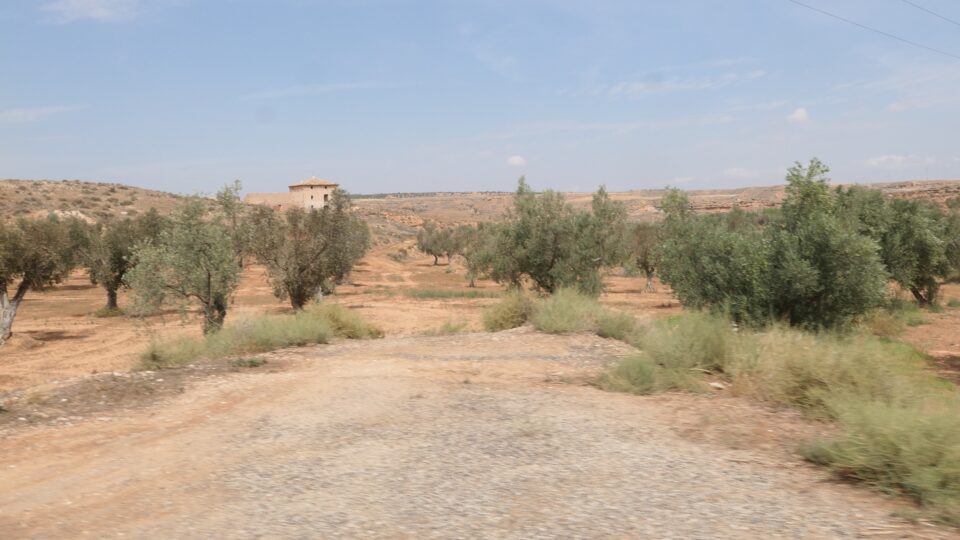
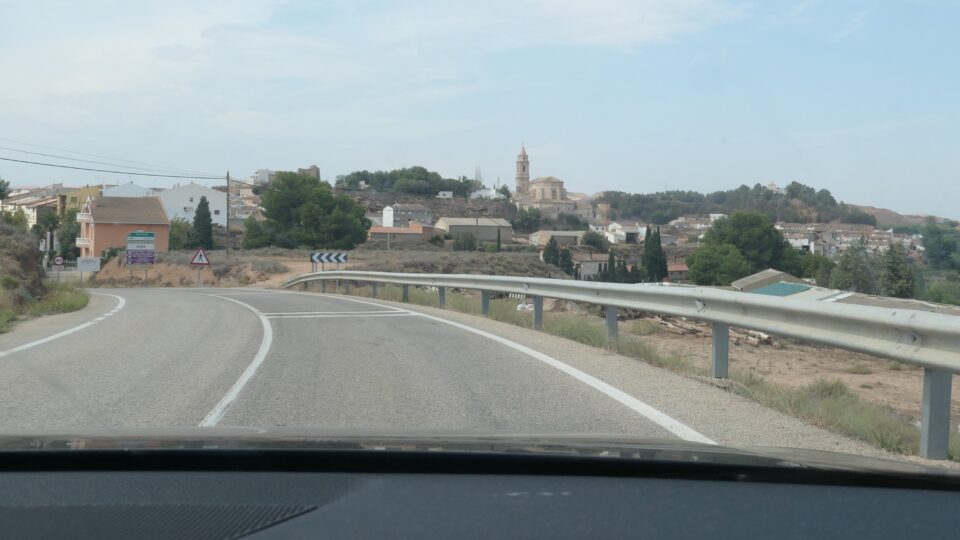
Today Híjar is a small town with a population of about 2000. In Híjar stands the only medieval synagogue remaining in the region of Aragon, and one of only five in all of Spain. Following the expulsion of the Jews, the synagogue was transformed into a church dedicated to St. Anthony the Abbot.
Recently, the town of Híjar was granted €500,000 from the EU for the rehabilitation and restoration of its medieval Jewish quarter, including the medieval synagogue. Luckily restoration work was going on when we arrived, and the building was open.
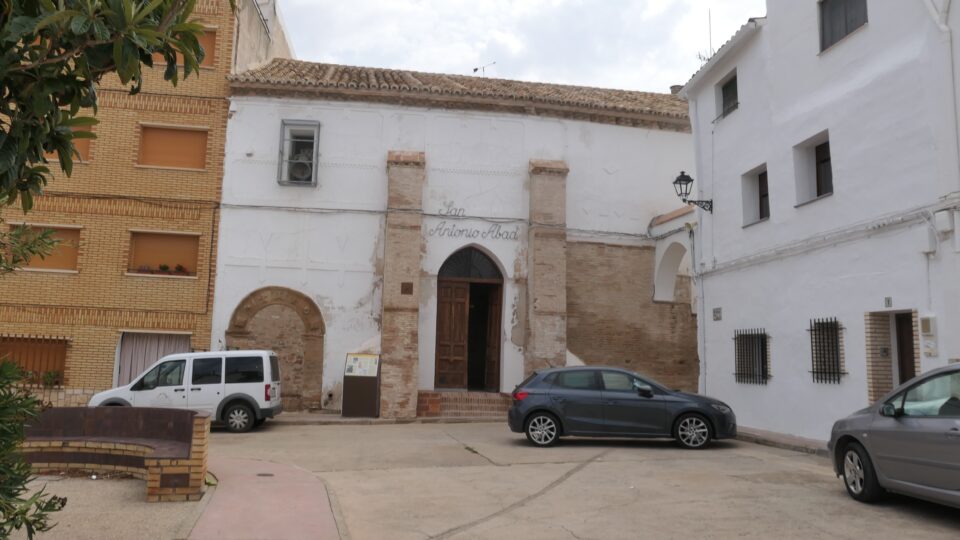
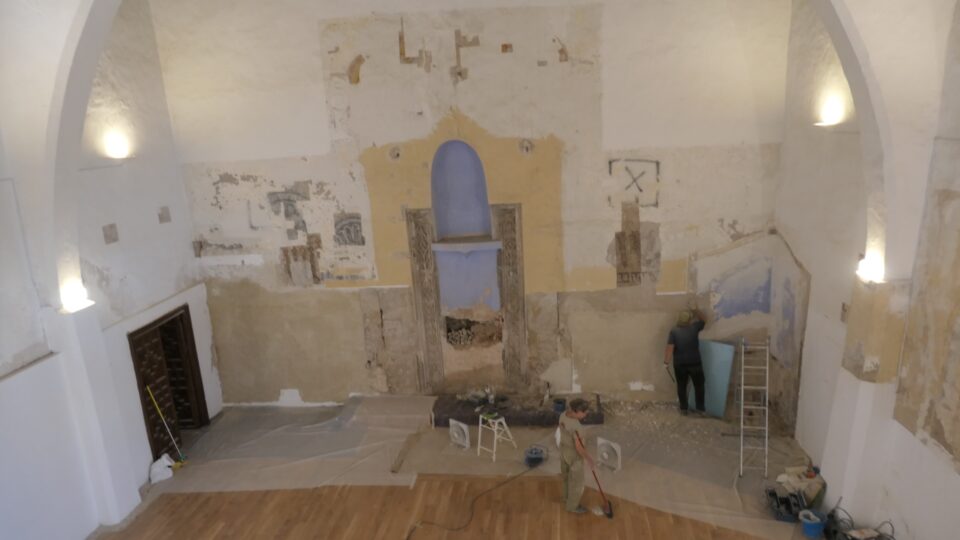
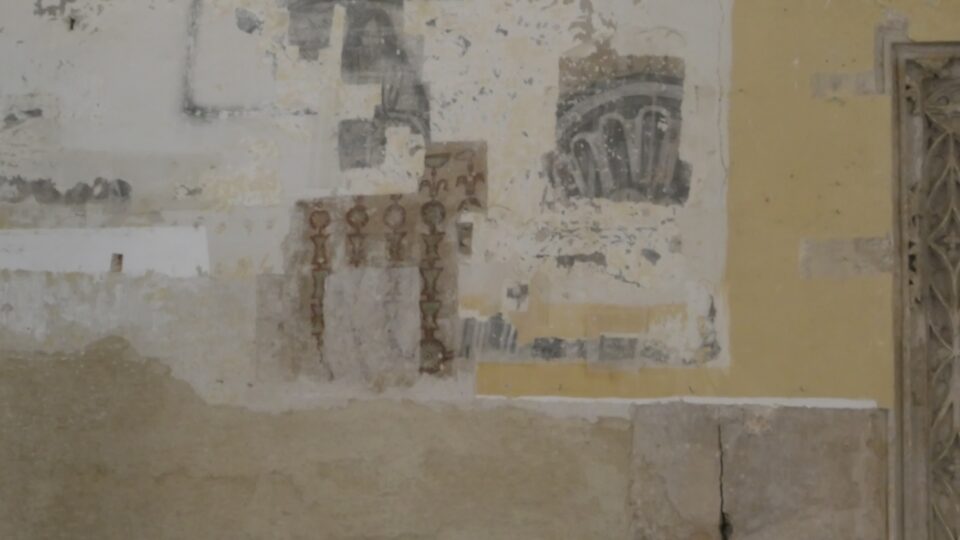
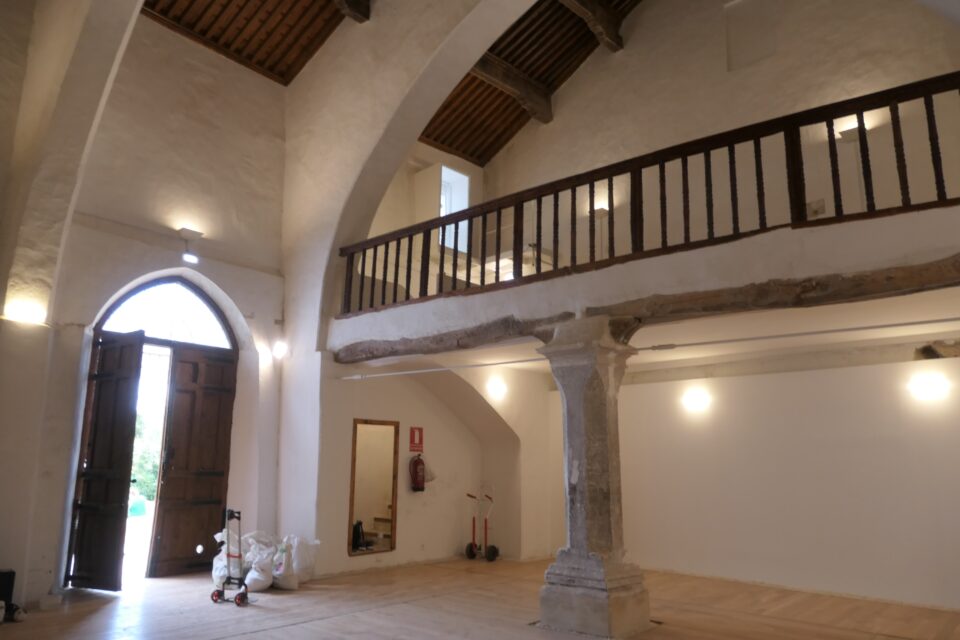
The tourist bureau of Hijar, created a path through the Jewish Quarter of the village with six sites related to its Jewish Heritage, including the synagogue.
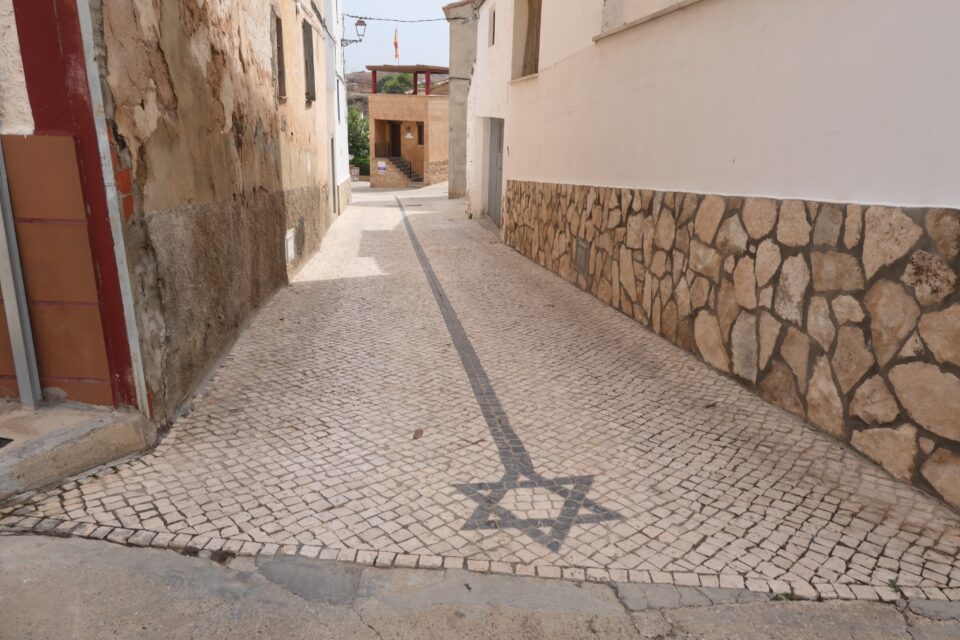
The last stop on this path is what was formerly a printing press located at the top of the hill. Híjar was known for this printing press which produced books outstanding for their technical perfection and beautiful ornamentation. Eliezer B. Abraham ibn Alantansi was the owner of the printing shop. Along with his business partners, he established here in 1482 the second printing house with Hebrew letters in Spain. The press operated until right before the expulsion of the Jews from Spain, the latest known book was printed in 1490. During its short life, this press produced some of the most important Sephardic incunabula (incunabula is an early printed book, one printed before 1500).
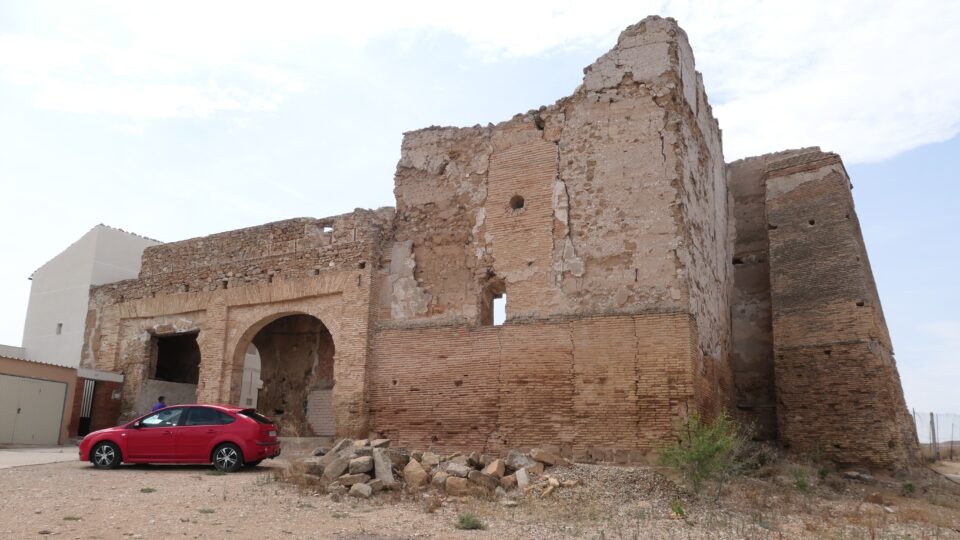
Interestingly, Dr. Lucia Conte Aguilar, a medieval scholar who was raised Catholic and later converted to Judaism, conducted research on books printed in her hometown of Híjar. She discovered that 58 of these books still exist today, scattered across the globe. In addition, she identified books printed in Lisbon, Fez, Salonica, and Istanbul after the expulsion of the Jews, which share the same distinctive typeface and ornamentation as those from Híjar. This suggests that the printers took their equipment with them when they were expelled, continuing their craft in new locations. Tracing the history of these books follows the journey of the Jewish people in the diaspora .
Dr. Lucia Conte Aguilar also played a pivotal role in the restoration of the synagogue. Initially, it was unclear whether the building was a church constructed on the site of a former synagogue or if it was the original synagogue later converted into a church. Through her keen observations, Dr. Conte Aguilar identified architectural features that suggested the building’s origins as a synagogue. For example, the bell at the front of the building is not housed in a traditional bell tower, as is typical for churches, but instead rests in a hole in the wall—an addition that appears to have been made after the building’s initial construction. She strongly advocated for archaeological excavations at the site, which ultimately confirmed that the building was originally a synagogue.
From Híjar, we had a one-hour drive north to Zaragoza, the place where we would spend Shabbat in an Airbnb in the historical center of the city. The apartment came with its own parking space in a nearby building. We dropped off our suitcases in the apartment and then drove to the garage. Although it was right around the corner, the streets were all one-way and hard to navigate. We ended up driving down pedestrian walkways to reach our parking space. Never want to do that again.
Once the car was in its place, we returned to the AirBnb. Our kids joined us shortly afterwards, and we had a nice Shabbat meal together to end the day. Tomorrow we will play detective in Zaragoza, looking for the few esoteric Jewish relics in the city.
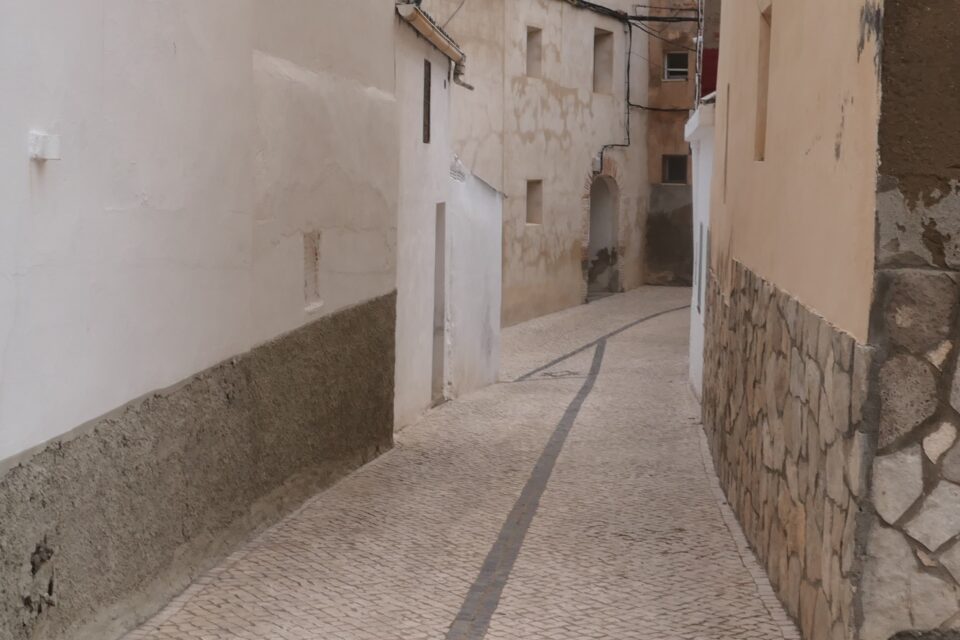
Interesting, I like how the Dr figured out it was first a synagogue
Is the Jewish star in the pavement a new addition?
I think it is part of the restoration project. All the streets in the Jewish Quarter now have the star.